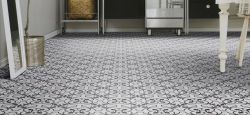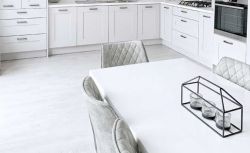Chevron vs herringbone: everything you need to know
Although both chevron and herringbone flooring are derivations of parquet flooring, are made from wooden flooring, and create stunning patterns for your floor, they have a lot of key differences that it’s important to note before you accidentally order the wrong pattern when you have flooring fitted!
Chevron flooring
Both chevron and herringbone flooring has been around for centuries – nearly millennia! Chevron patterns first came about in Ancient Greece and can be seen in the patterns on their pottery and relics. The earliest chevron flooring was found to be from the Middle Ages.
Chevron flooring is cut at a diagonal angle and the points are placed together to create a consistent zig-zag pattern across the floor. Chevron wood flooring is a more modern choice with its continuous ‘v’ shapes. The chevron pattern has been popular in recent years, not just on wooden flooring but as a pattern across homeware, from cushions to rugs.
You can create a Scandinavian aesthetic in your home by using light pine or painted white wooden flooring in a chevron pattern to create that clean and minimalist effect. You can also create an alternating effect with different colours of wood to bring interest to the floor in a very large room.
Herringbone flooring
Herringbone flooring was first seen in Ancient Rome, as it was used by the Romans to build more stable roads and in Ancient Egypt as a jewellery pattern. Herringbone flooring is the more popular aesthetic of the two designs, having been used in homes for centuries.
It isn’t cut at a diagonal angle like chevron flooring - it’s left in its original style as a straight board with 90-degree angles. These planks are laid side by side at an angle so that their ends overlap, creating an alternating zig-zag pattern. There is an overlapping quality to the layout of herringbone patterns.
You can use the herringbone effect in both living rooms with wooden flooring, or in bathrooms with tiles and stone to create unique flooring in an otherwise fairly simple bathroom. The overlapping zig-zag effect is also commonly seen in driveways and brick patios too. You can buy different widths and lengths of planks to change the effect of the pattern and choosing different finishes and hues can help to accentuate the herringbone pattern. Our Finesse collection of luxury vinyl herringbone flooring features smaller and narrower planks to create a vintage parquet look. If you're looking to achieve a Parisian interior design, then herringbone floors can work really well.





























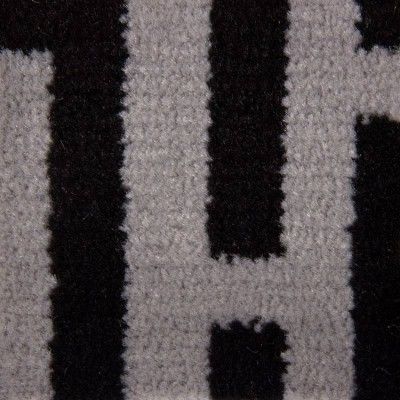
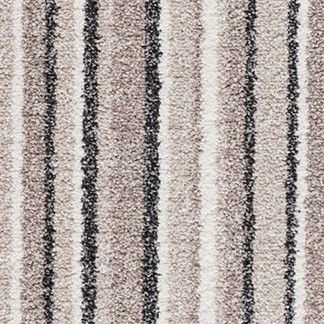
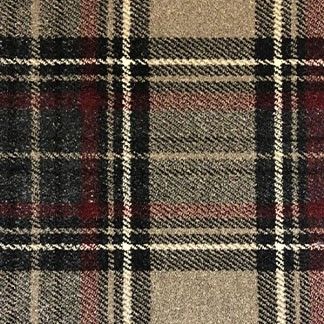
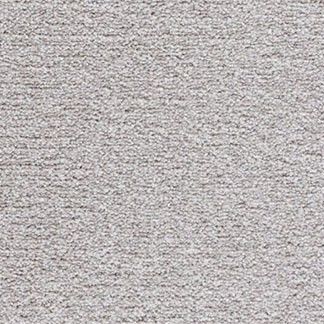











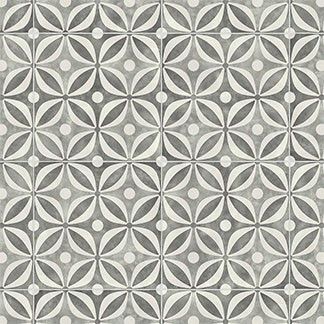
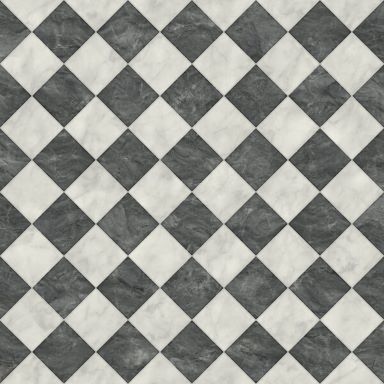
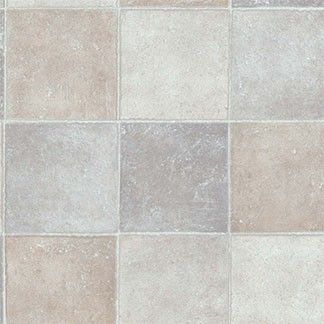
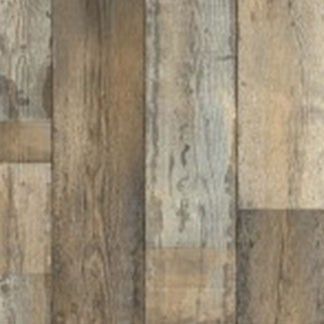









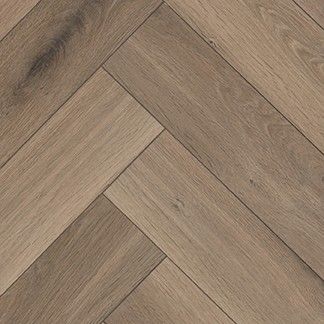
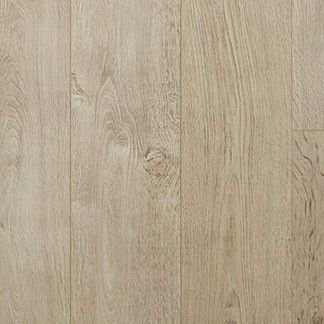
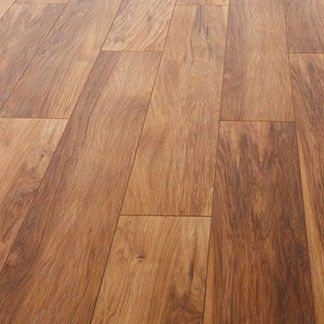
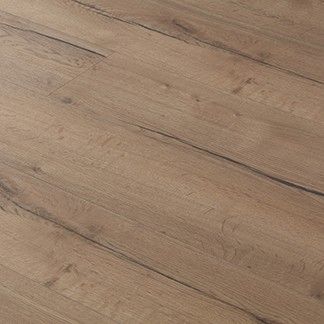









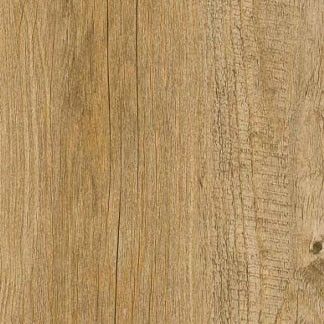
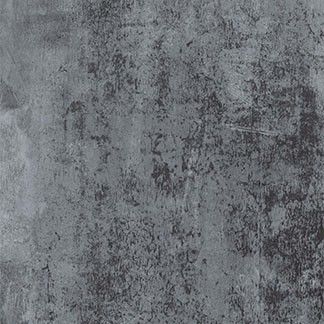
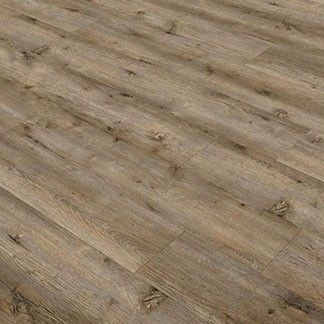
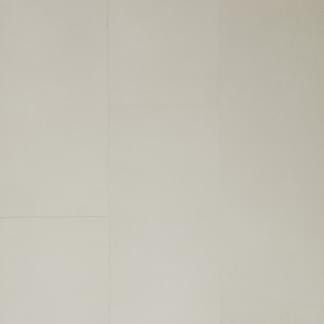
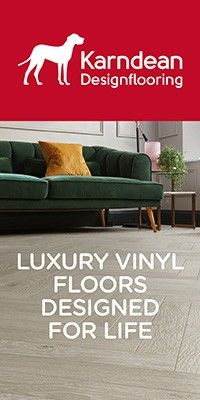



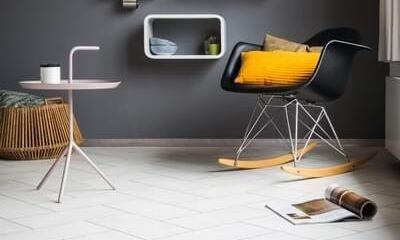
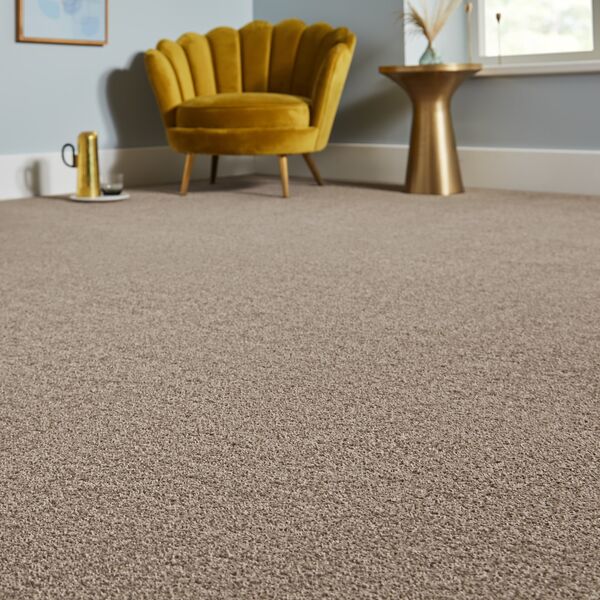
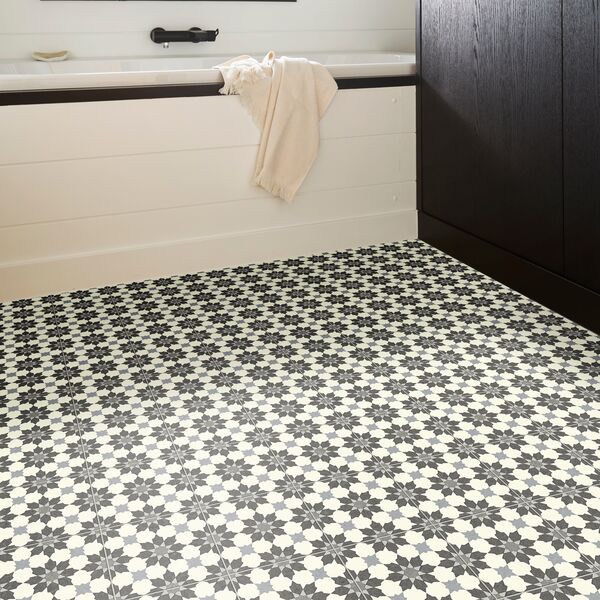
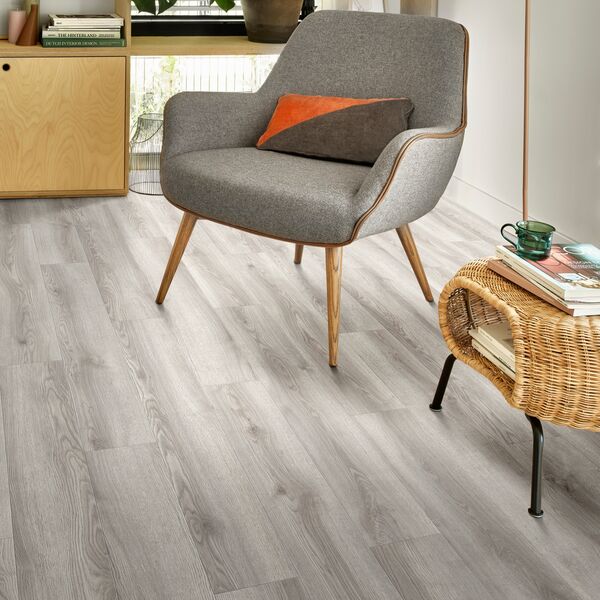
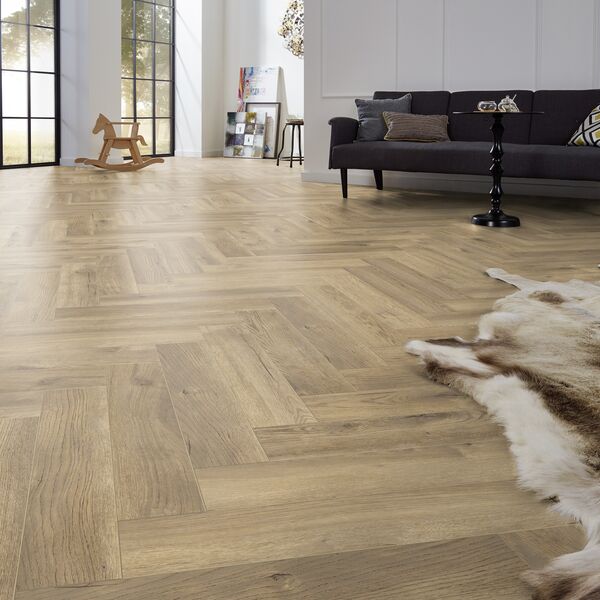
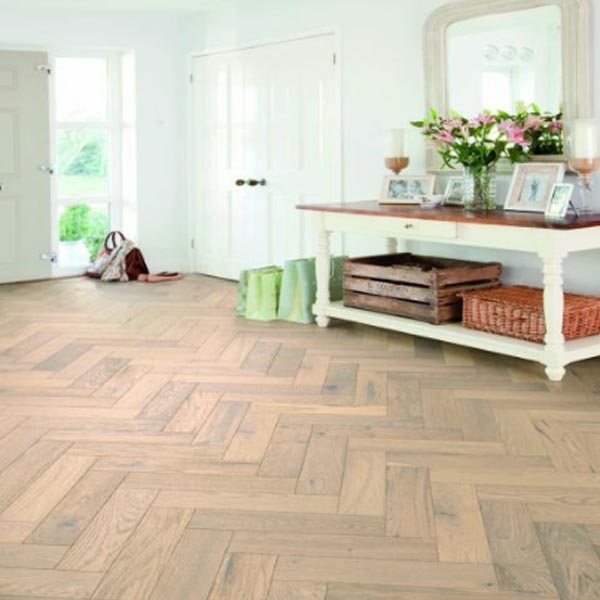

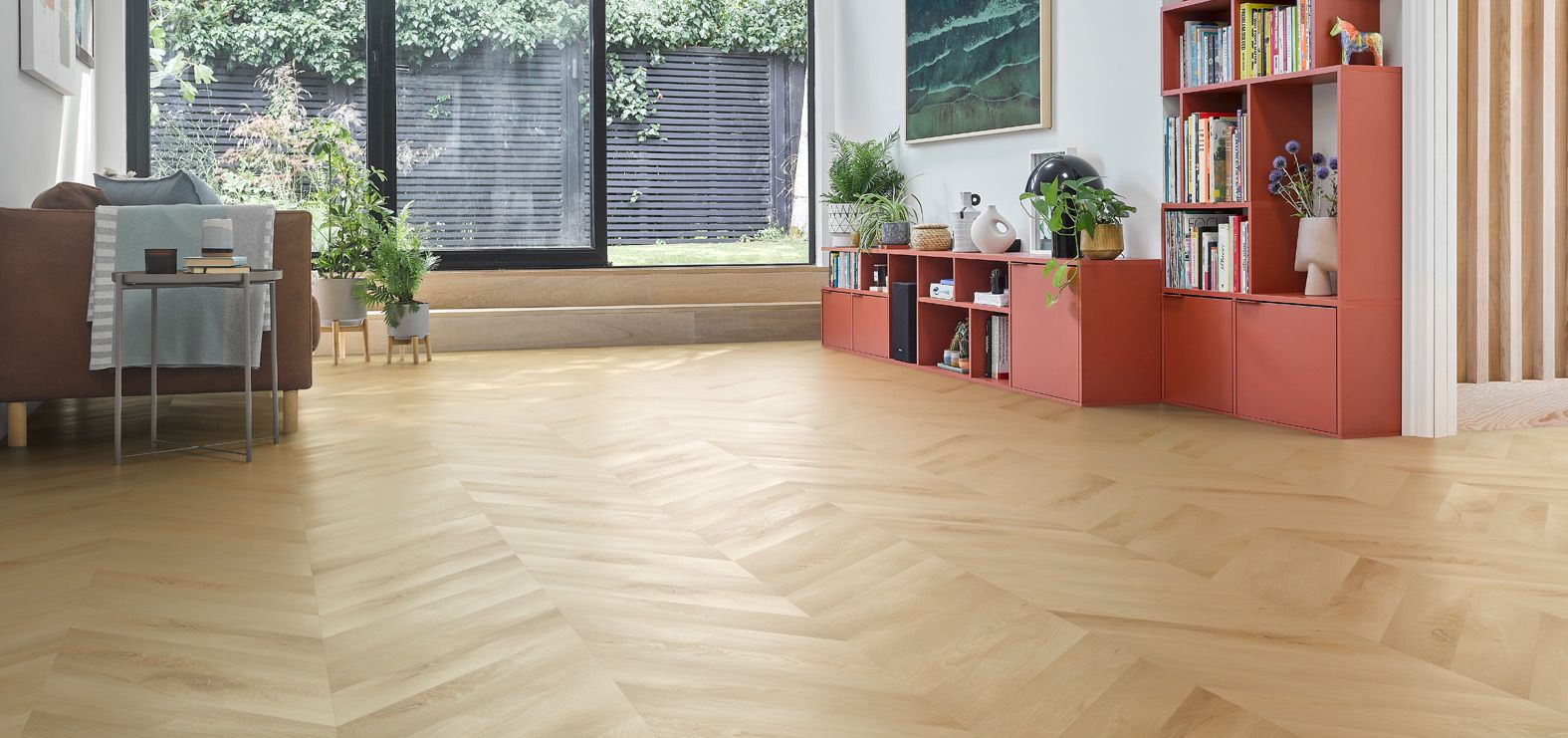
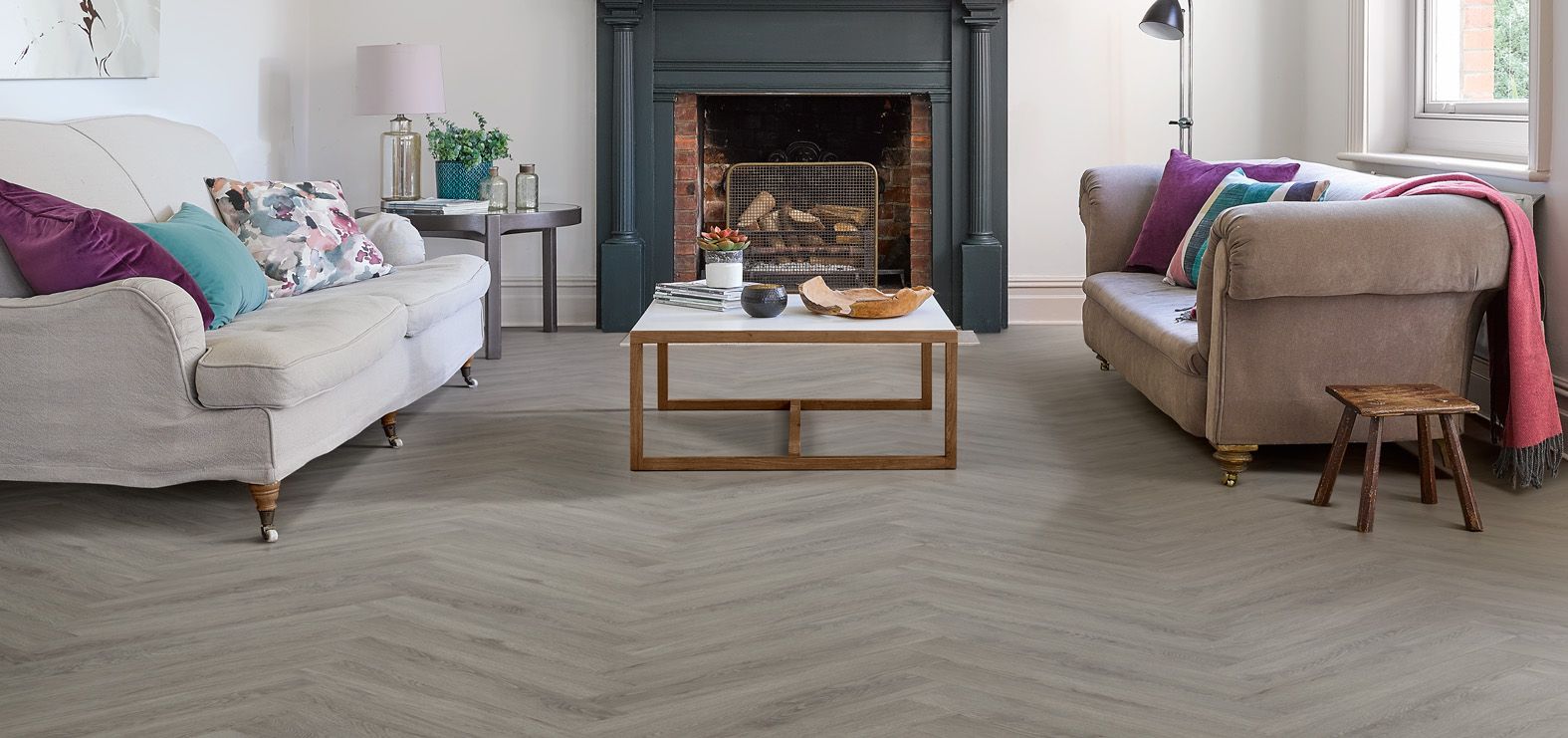
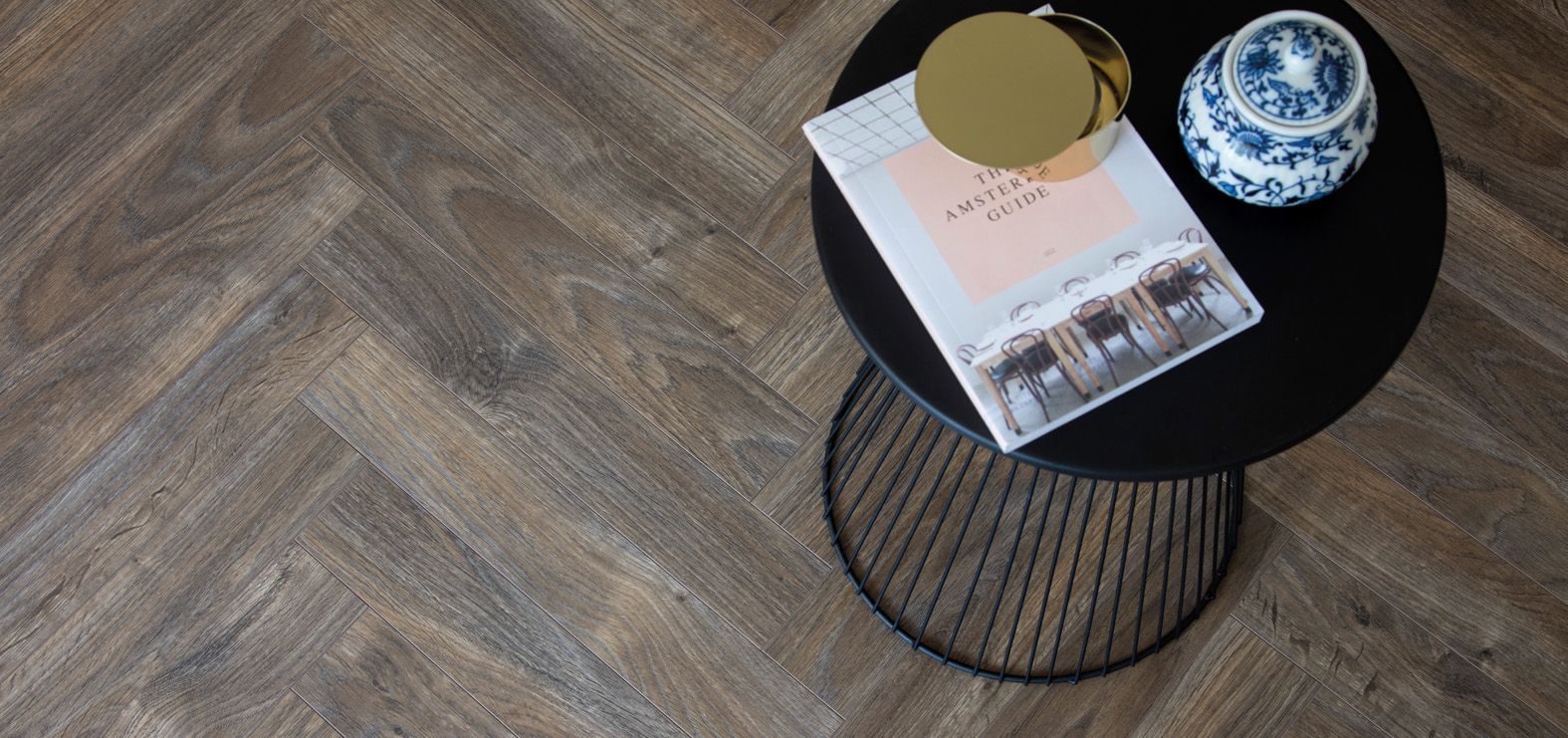

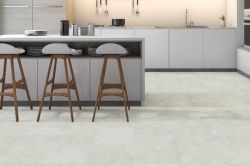

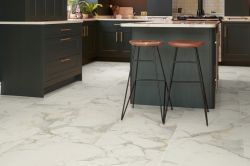
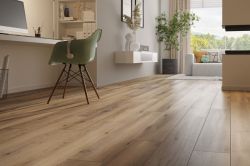

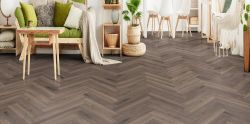
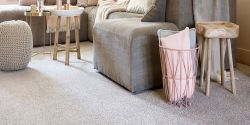
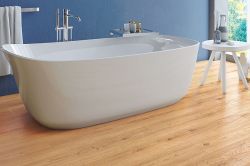
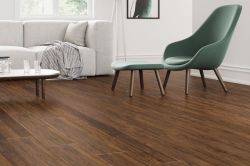
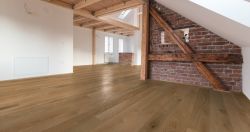

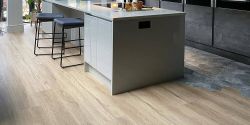
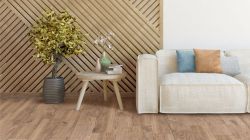
-250.jpg)
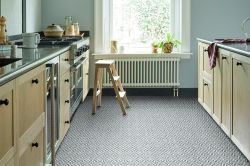
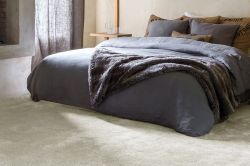
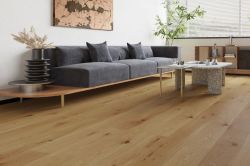
-250.jpg)
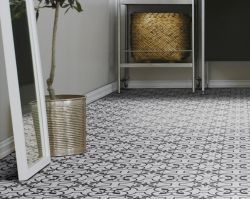
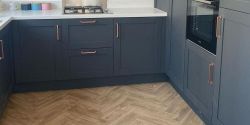
 copy-250.jpg)
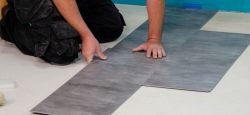

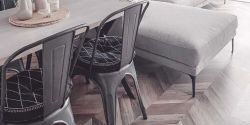

 - Article Image (not header)-250.jpg)
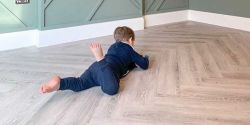
-250.jpg)

-250.jpg)
